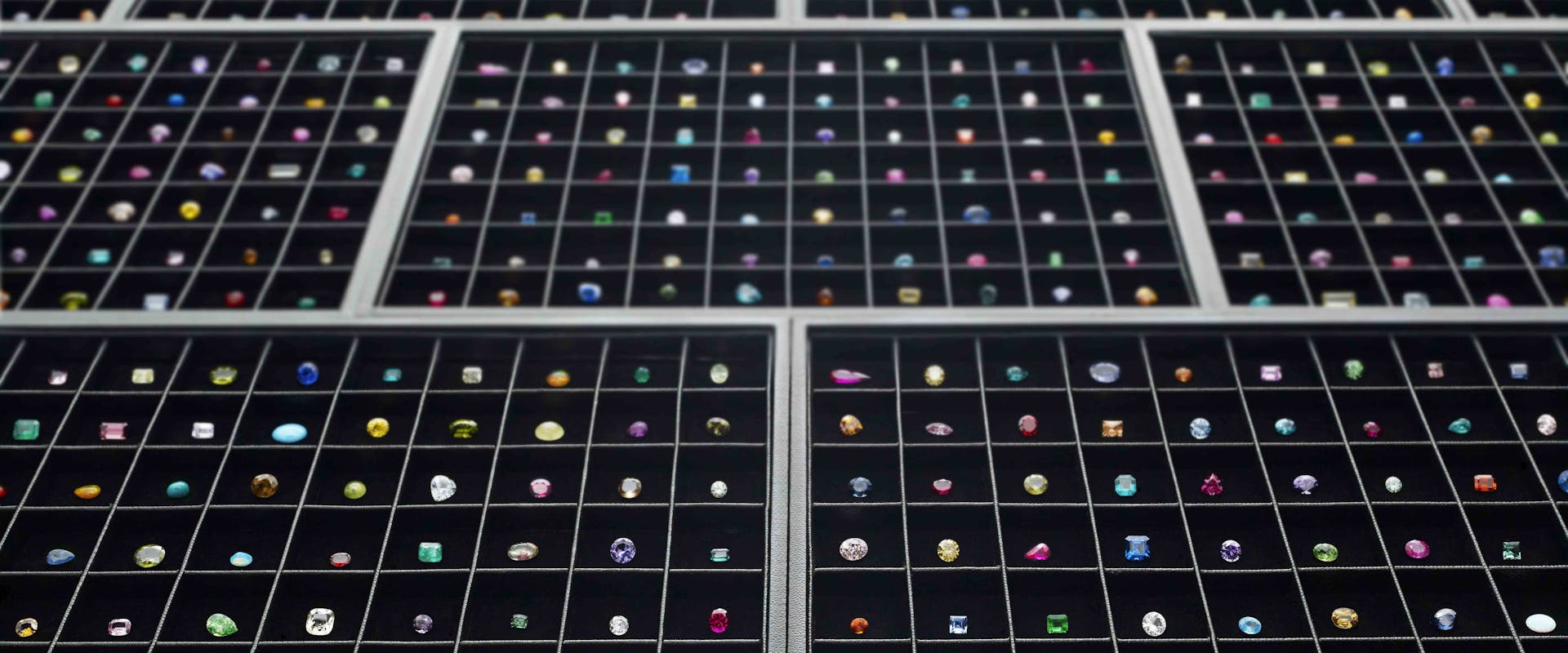So, how was this super-expert developed? “The foundation of any artificial intelligence is annotated data,” explains Schmid. The project team, made up of employees from CSEM and Gübelin, were able to tap into a veritable treasure trove of data for this project: The data register contained the comprehensive analyses of tens of thousands of customer gemstones, amassed by Gübelin's gemological laboratory since the 1970s. This data was enriched with findings from Gübelin's unique collection of reference stones, which comprises more than 28,000 gemstones from every commercial mine worldwide. “This means our application can combine optical spectral analyses with chemical properties and undertake large artificial intelligence extractions,” explains Schmid. As a result, a gemstone’s origin can be precisely determined, and the system can also detect if a gemstone has undergone any heat treatment. Both these factors have a strong bearing on the value of a stone.
"Gemtelligence," has received government funding from Innosuisse, with the technology representing an innovation with huge potential for application in multiple domains. Similar approaches could advance medical diagnostic techniques and make industry products safer thanks to 100% quality control. The project even offered up some exciting discoveries for the researchers from CSEM: “It clearly demonstrates that it's not enough to simply combine unfiltered datasets with AI,” notes Philipp Schmid. Only when the data is enhanced with important additional information, such as the experience of human experts, can the "ground truth" be digitally mapped and utilized. “Everything else is, and sadly always will be, essentially junk data,” Schmid concludes.




